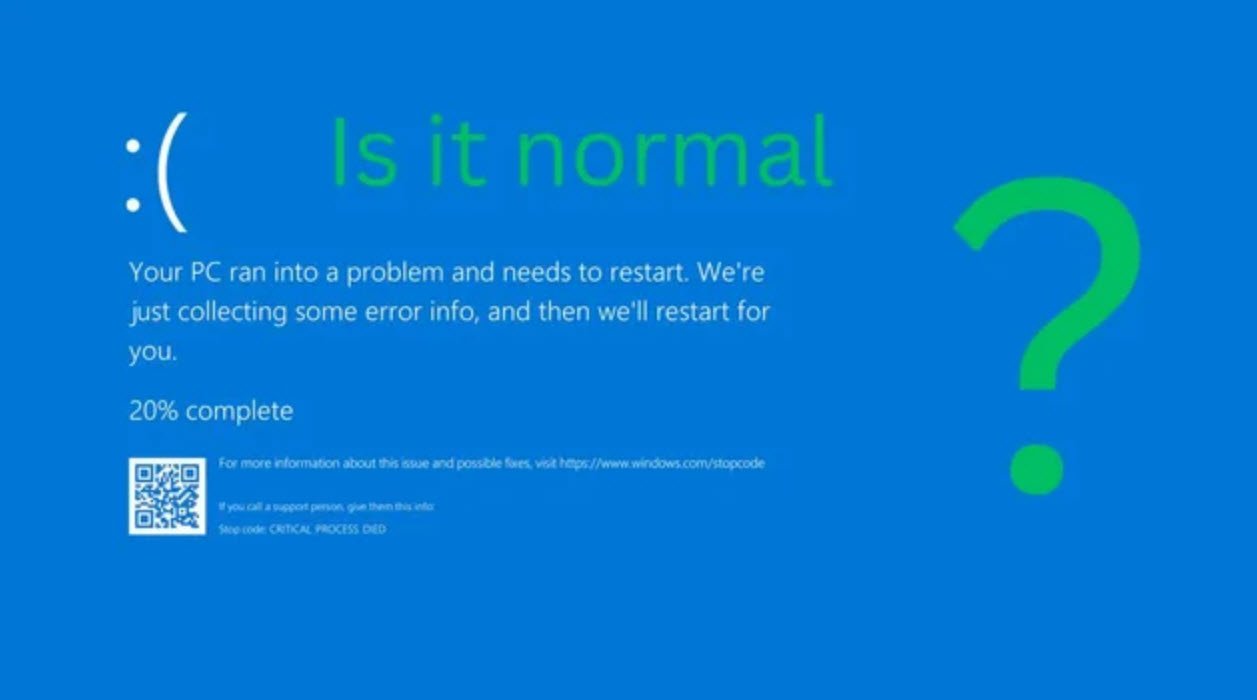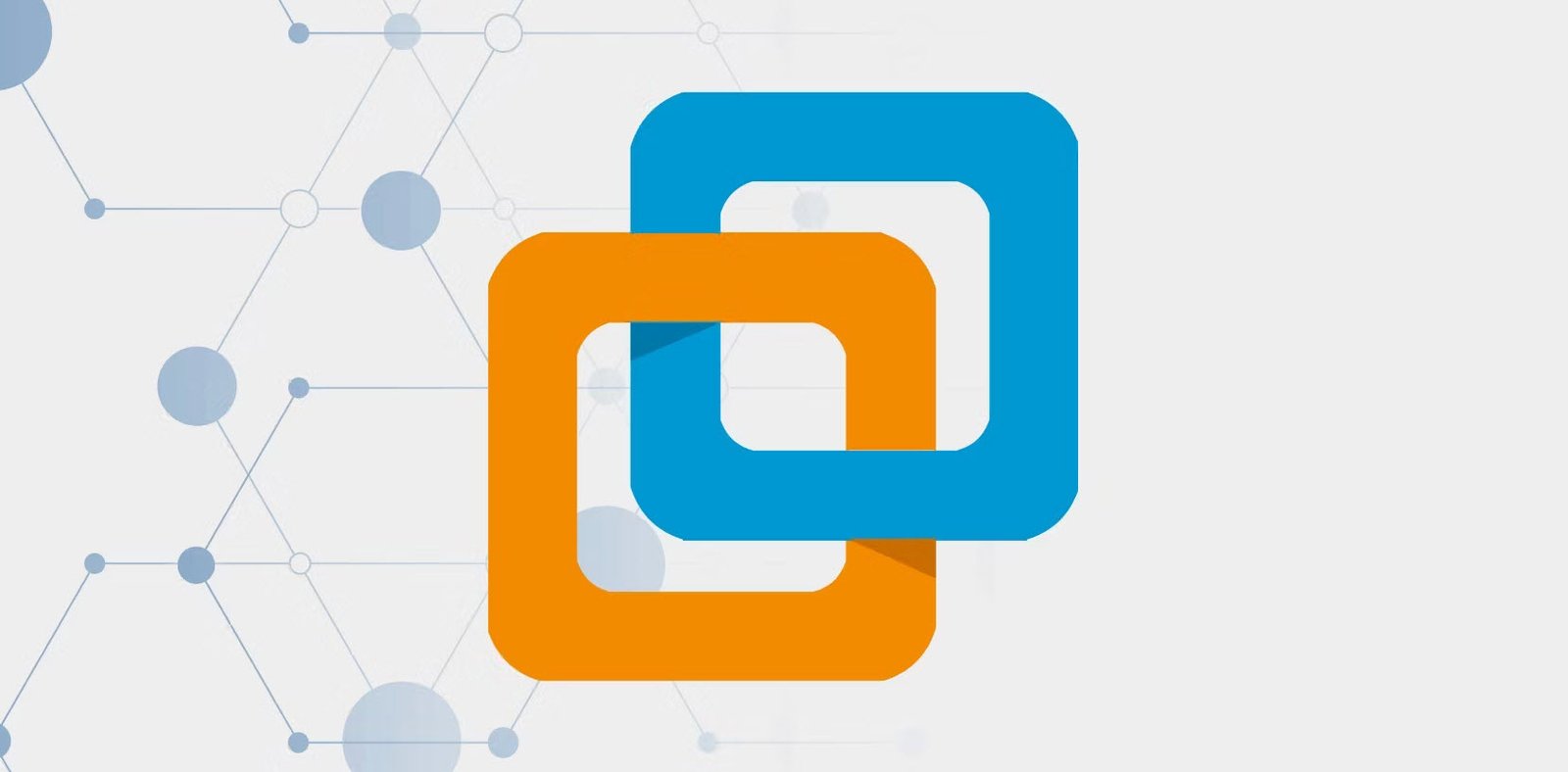
In today’s digitally connected world, cyberattacks have become an unfortunate reality, posing a significant threat to individuals, businesses, governments, and critical infrastructure. Cybercriminals, often referred to as hackers, employ a variety of tactics to exploit vulnerabilities in computer systems and networks. While the motives behind cyberattacks can vary widely, a common thread among many hackers is the pursuit of specific objectives.
In this article, we will explore into some of the main objectives of hackers when conducting cyberattacks and explore the potential consequences of their actions.
1. Achieving Monetary Gains
One of the primary motives driving cybercriminals is the pursuit of financial gain. Hackers employ various techniques, such as phishing, ransomware, and credit card fraud, to target individuals and organizations with the goal of stealing sensitive financial information or extorting money.
Ransomware attacks, where hackers encrypt critical data and demand a ransom for its release, have gained notoriety in recent years due to their disruptive impact on businesses and individuals.
2. Damaging the Brand Value of the Other Party
Cyberattacks can be used as a means to tarnish the reputation and brand value of targeted organizations or individuals. Hacktivism, a form of hacking driven by ideological or political motives, often aims to expose perceived wrongdoings or to raise awareness about specific issues.
By breaching security defenses and leaking sensitive information, hackers can cause significant reputational damage, leading to loss of trust among stakeholders and customers.
3. Inflicting Damages Through Cyberterrorism
Cyberterrorism involves the use of cyberattacks to create fear, panic, and disruption on a large scale. Hackers with extremist or ideological motives may target critical infrastructure, such as power grids, transportation systems, and communication networks, in an attempt to cripple essential services and sow chaos.
The potential consequences of cyberterrorism can be far-reaching, impacting public safety and national security.
4. Obtaining Government and Business Secrets
State-sponsored hackers and cybercriminal groups may target government agencies and corporations to gain unauthorized access to classified information, trade secrets, and intellectual property.
Such attacks can have geopolitical implications, as stolen information may be used to advance political agendas or provide competitive advantages to rival nations or businesses. The theft of sensitive data can also lead to economic espionage, causing severe economic losses.
5. Warfare Cyberattacks
In an era where traditional warfare is increasingly supplemented by cyber capabilities, hackers may be enlisted to carry out cyberattacks as part of military or espionage operations.
These attacks can disrupt communication networks, compromise defense systems, and compromise strategic assets. The use of cyber warfare tactics can blur the lines between conventional warfare and digital conflict, posing unique challenges for international relations and security.
6. Growth Hacking Email Campaigns
In addition to the more traditional motives mentioned above, some hackers engage in growth hacking campaigns, utilizing techniques to rapidly expand the reach of their operations. These campaigns may involve the distribution of malicious software through deceptive emails, social engineering, or fake websites.
By infecting a large number of devices, hackers can build a botnet—a network of compromised computers—for various purposes, such as launching distributed denial-of-service (DDoS) attacks or sending spam.
Conclusion
The motives behind cyberattacks are diverse and often intersect with criminal, ideological, political, and economic agendas. As technology continues to evolve, so too do the tactics employed by hackers to achieve their objectives.
The increasing frequency and sophistication of cyberattacks highlight the importance of robust cybersecurity measures for individuals, businesses, and governments. By understanding the motivations driving hackers, we can better anticipate and counteract their actions, ultimately working towards a safer and more secure digital landscape.
You may also like:- How To Fix the Crowdstrike/BSOD Issue in Microsoft Windows
- MICROSOFT is Down Worldwide – Read Full Story
- Windows Showing Blue Screen Of Death Error? Here’s How You Can Fix It
- A Guide to SQL Operations: Selecting, Inserting, Updating, Deleting, Grouping, Ordering, Joining, and Using UNION
- Top 10 Most Common Software Vulnerabilities
- Essential Log Types for Effective SIEM Deployment
- How to Fix the VMware Workstation Error: “Unable to open kernel device ‘.\VMCIDev\VMX'”
- Top 3 Process Monitoring Tools for Malware Analysis
- CVE-2024-6387 – Critical OpenSSH Unauthenticated RCE Flaw ‘regreSSHion’ Exposes Millions of Linux Systems
- 22 Most Widely Used Testing Tools









This Post Has One Comment